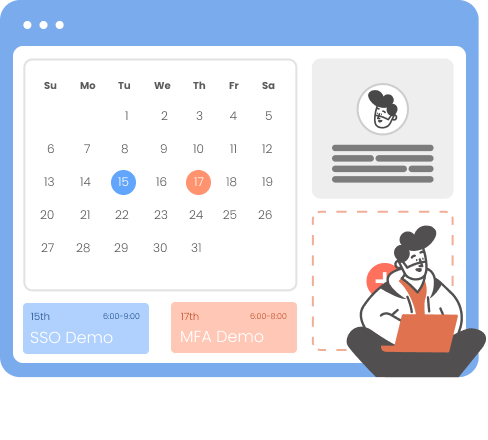Need Help? We are right here!
Need Help? We are right here!
Thanks for your Enquiry. Our team will soon reach out to you.
If you don't hear from us within 24 hours, please feel free to send a follow-up email to info@xecurify.com
Search Results:
×Enable Single Sign-On (SSO) login for your application, you can set up GitLab as the Identity Provider (IDP) with miniOrange as a broker. miniOrange provides a pre-built solution that simplifies the integration of GitLab SSO, allowing for a smooth implementation process.
In this setup, GitLab will handle user authentication, while miniOrange will facilitate communication between GitLab and the other applications acting as SP.
miniOrange offers free help through a consultation call with our System Engineers to configure SSO for different apps using GitLab as IDP in your environment with 30-day free trial.
For this, you need to just send us an email at idpsupport@xecurify.com to book a slot and we'll help you in no time.
Please make sure your organisation branding is already set under Customization >> Login and Registration Branding in the left menu of the dashboard.
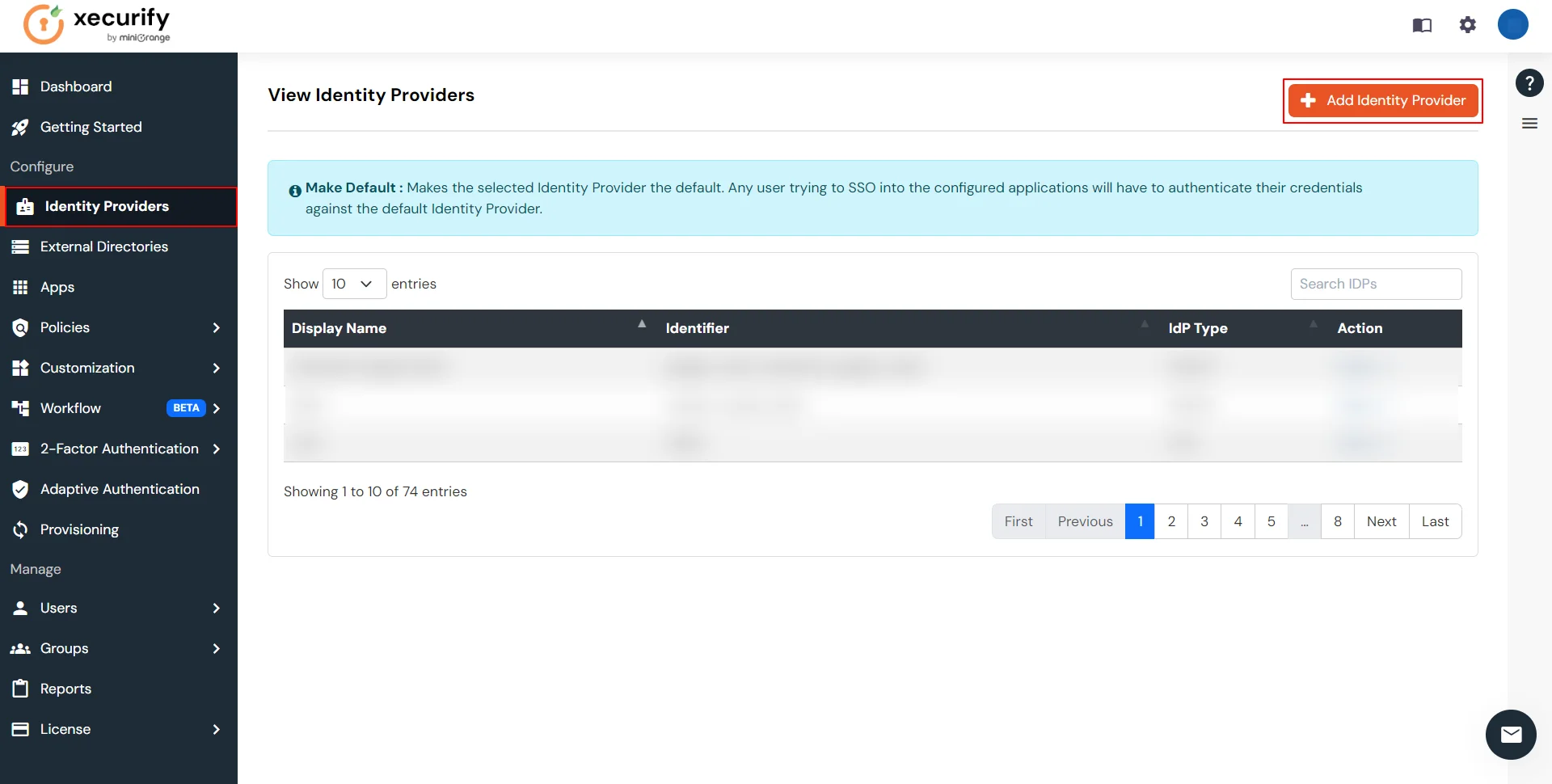
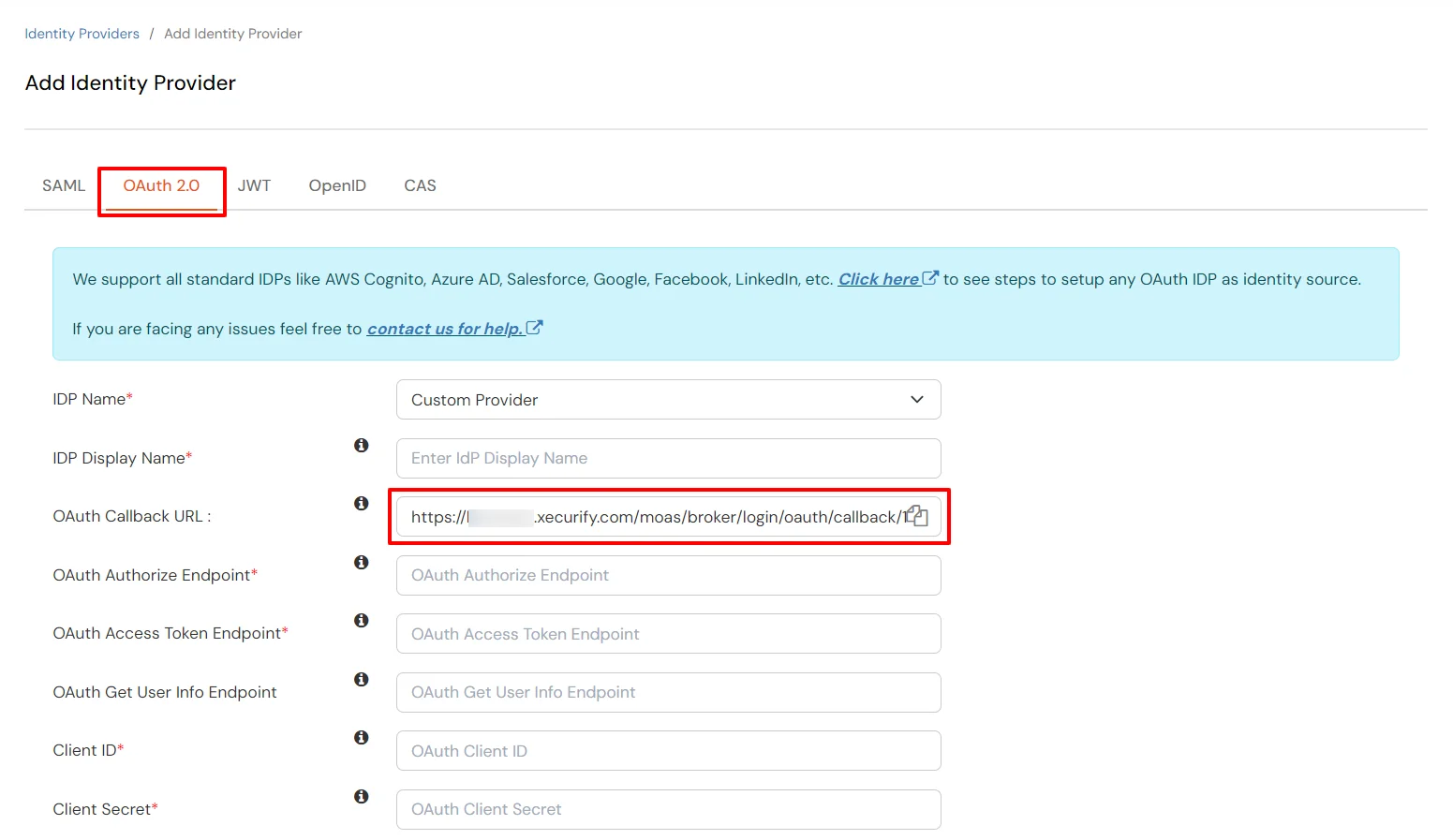
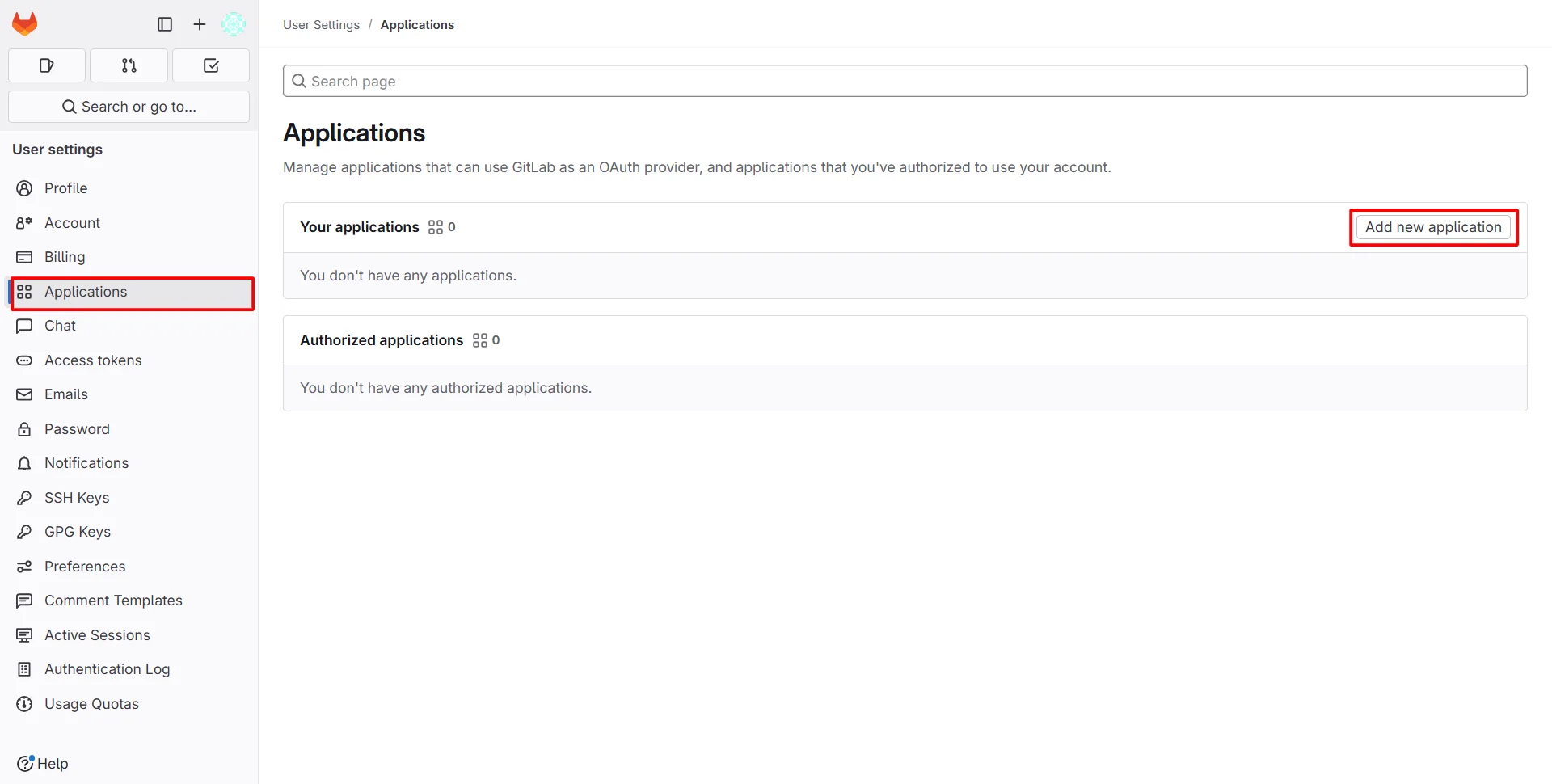
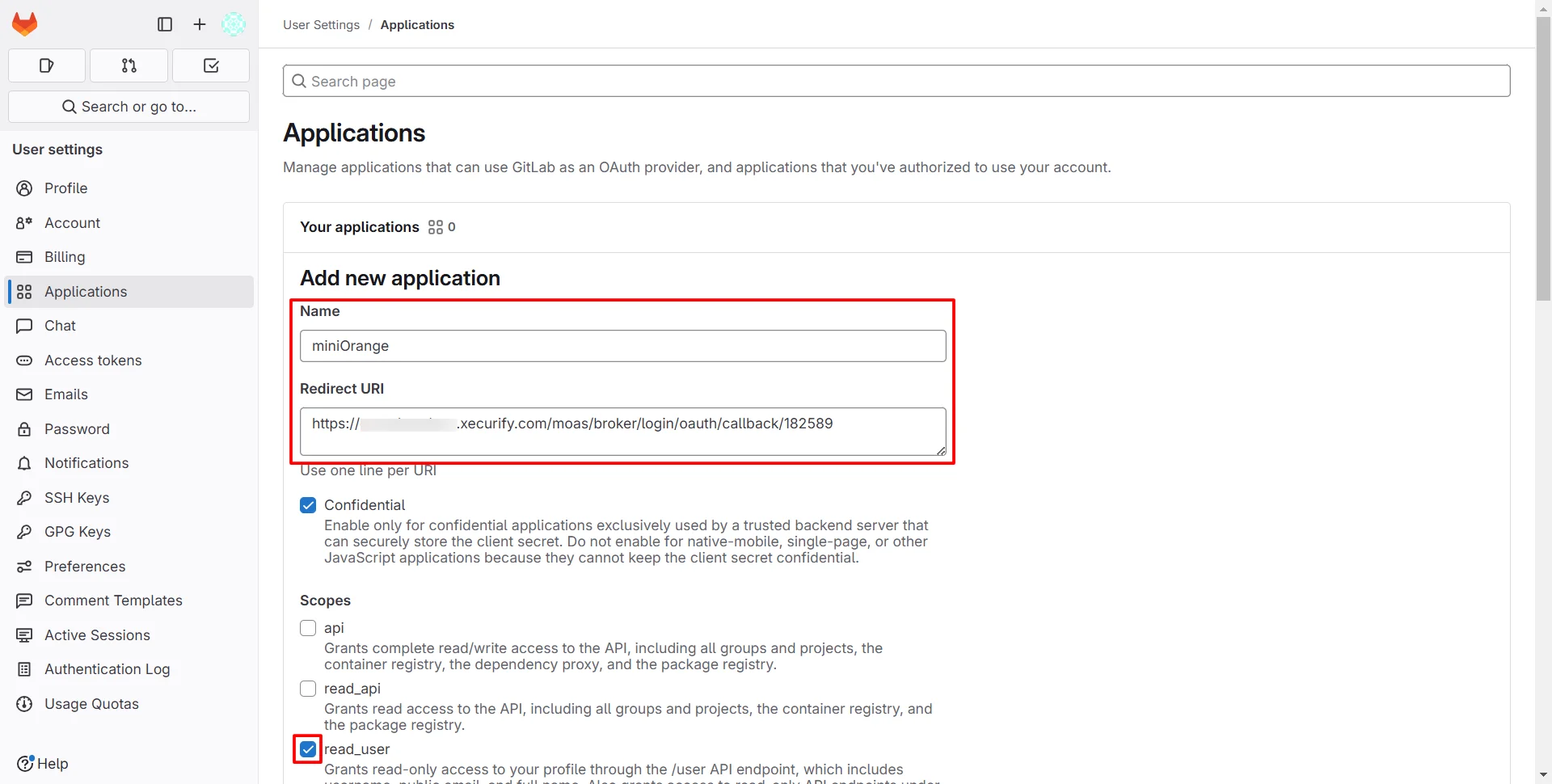
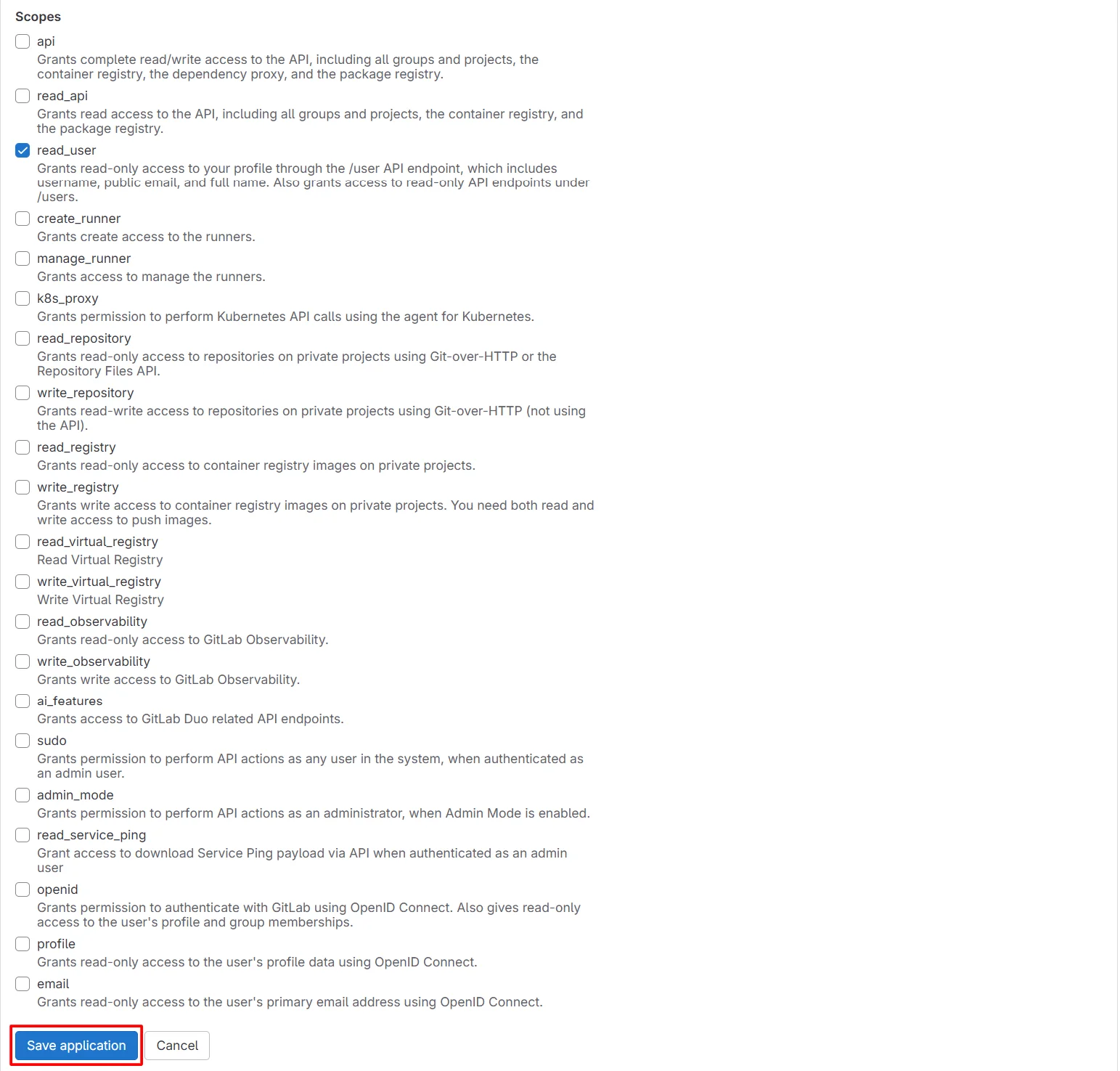
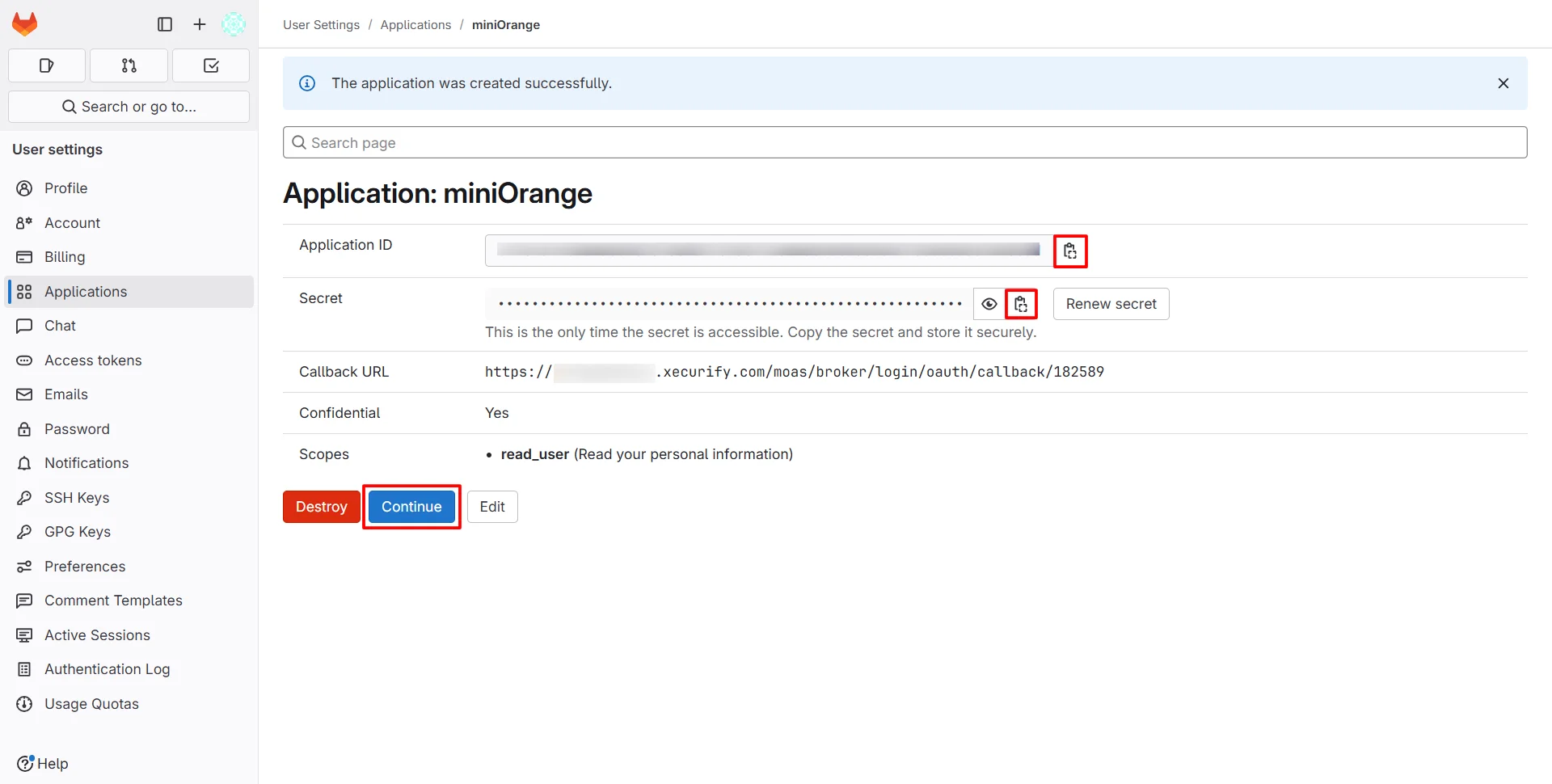


| IdP Name | Choose Custom Provider from dropdown. |
| IdP Display Name | Choose appropriate Name |
| OAuth Authorize Endpoint | https://gitlab.com/oauth/authorize | OAuth Access Token Endpoint | https://gitlab.com/oauth/token | OAuth Get User Info Endpoint (optional) | https://gitlab.com/api/v4/user |
| Client ID | From step 1 |
| Client secret | From step 1 |
| Scope | read_user |

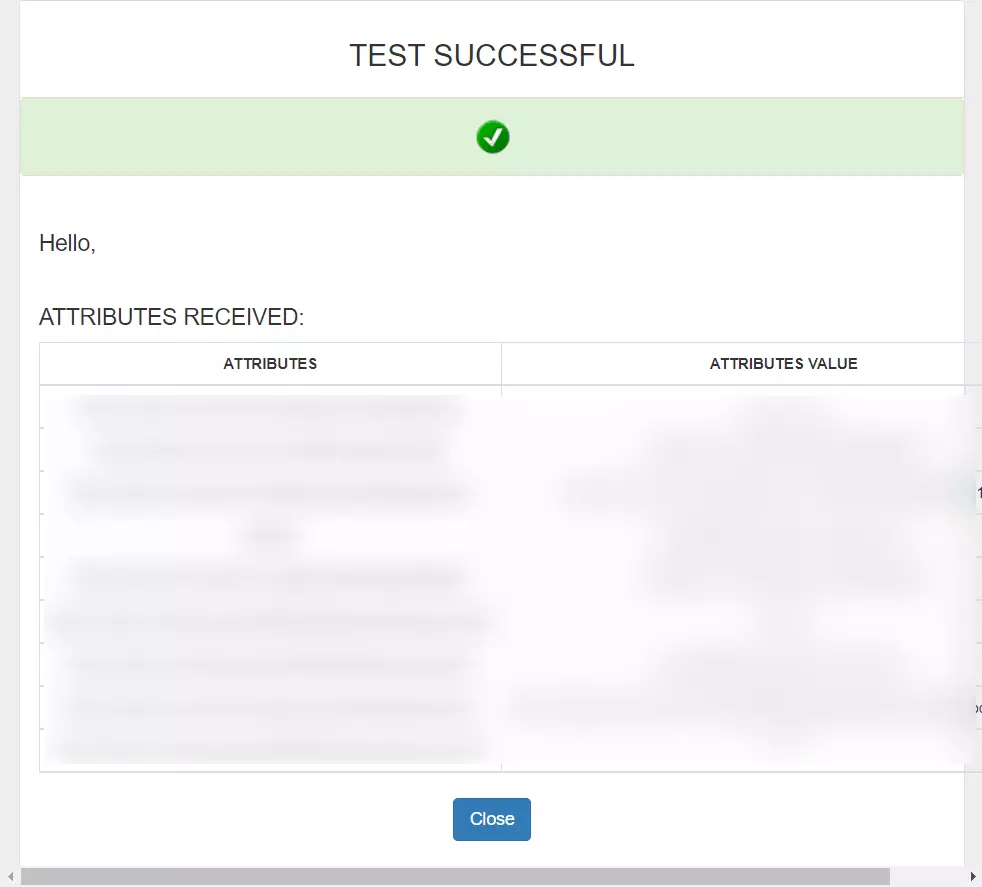
You can follow this guide, if you want to configure SAML/WS-FED, OAuth/OIDC, JWT, Radius etc
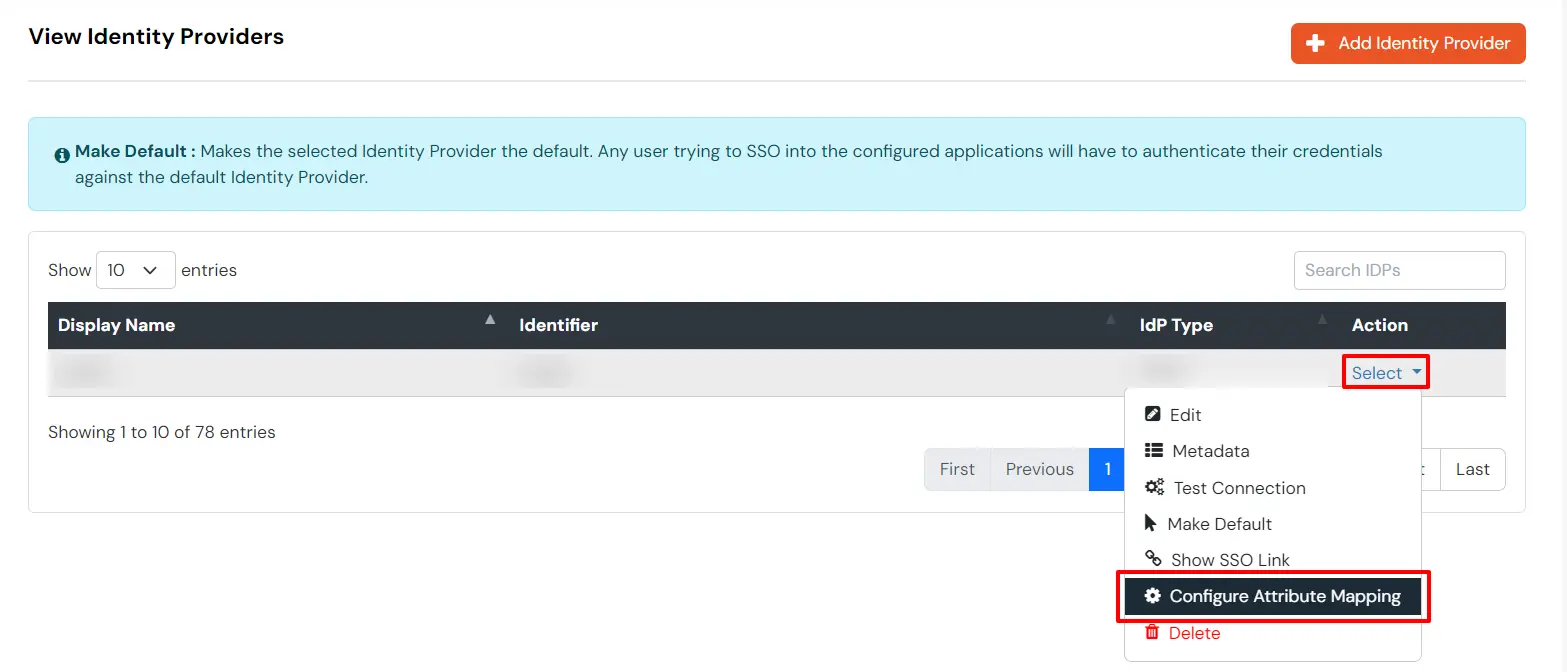
Maps information, such as email and username, during Just-In-Time (JIT) user creation. Email and Username attributes are necessary to create the user profile.
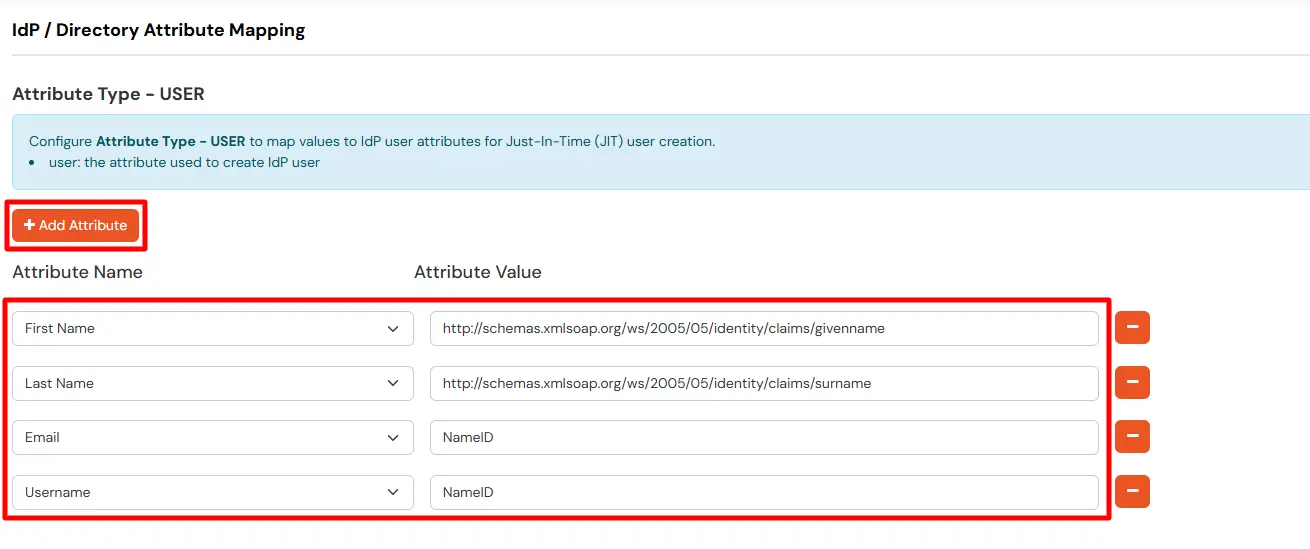
EXTERNAL mappings help alter incoming attribute names before sending them to apps, ensuring that the data is in the correct format.
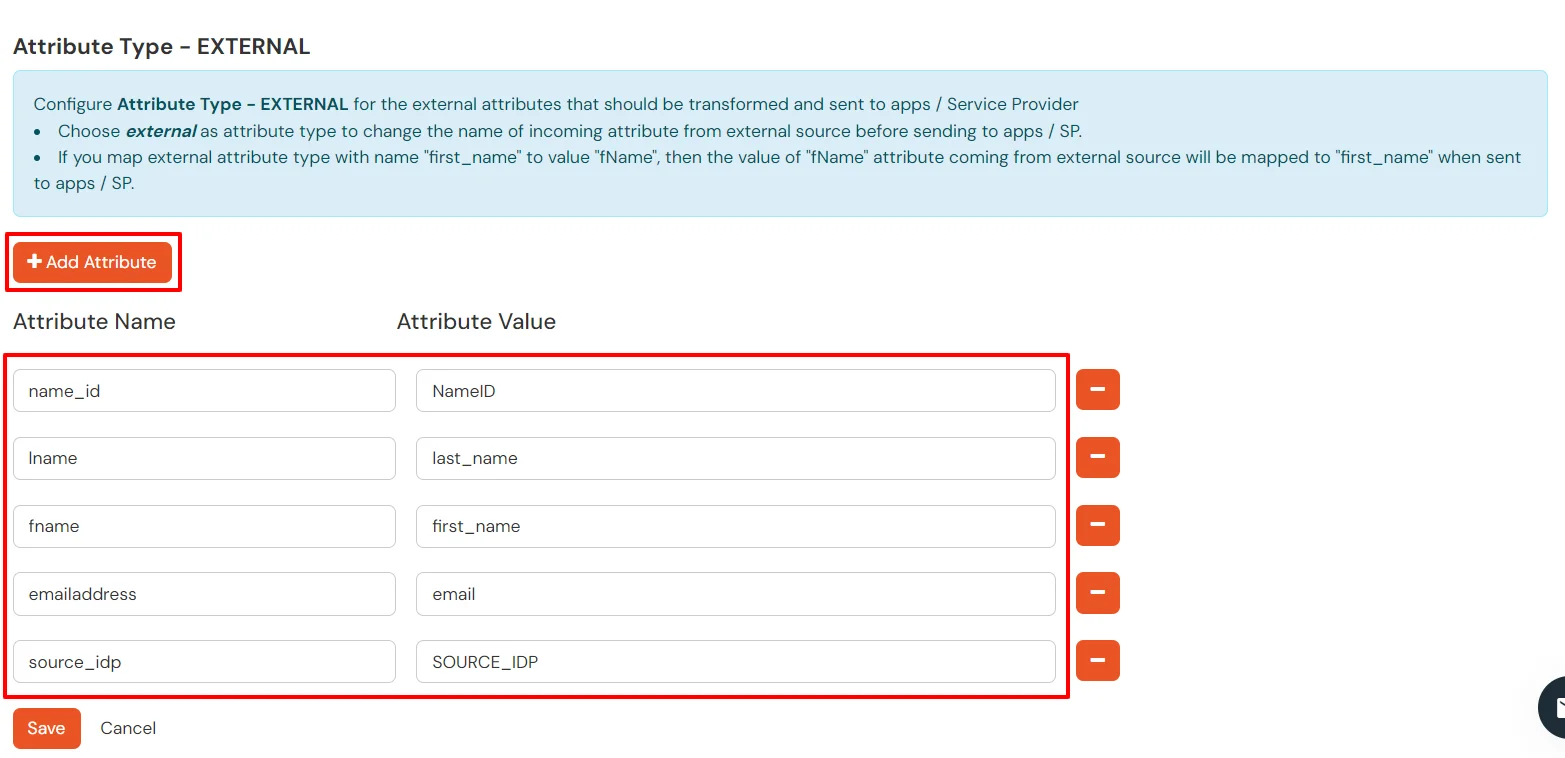
You can follow this guide, if you want to configure multiple IDPs (Identity Providers) and give users the option to select the IDP of their choice to authenticate with.
